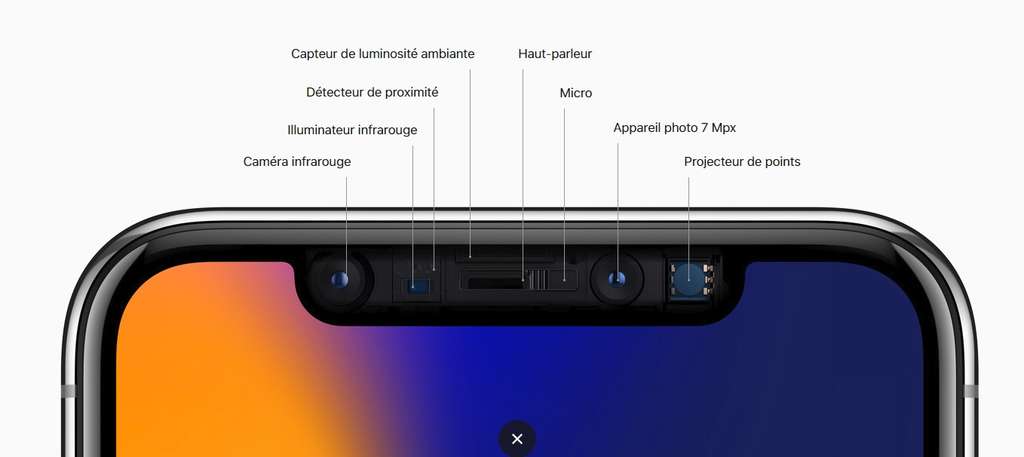Researchers in Zurich have managed to use music to spread information imperceptibly to the human ear. It is the microphone of the smartphone that takes care of reading and decoding. Ideal for transmitting confidential data without connection.
A team of researchers from the Swiss Federal Institute of Technology in Zurich has discovered an ingenious way of transmitting simple data to a smartphone, without requiring any connection. They invented a method using music to broadcast information imperceptibly to the human ear, but that could be decoded through the microphone of a smartphone.
The technique works only one way, a speaker that sends data to all smartphones nearby but could not get back. It will not be necessary to expect to be able to use it to connect to the Web. The reception would require a special application to activate the microphone and decode the data, and looks a lot like an audio version of the QR codes, these square pictograms that contain information like links or identifiers.
A technique that adds imperceptible notes
The technique works thanks to the dominant tones of the music, to which they add two notes slightly higher and two others slightly lower, with a volume a little smaller. They also use the harmonics of the highest note to add higher and lower notes. It is these notes, imperceptible to a listener, that contain the data.
Researchers use the dominant tones in the band frequency of 500 Hz to 9.8 kHz for data transmission, but also the frequency band of 9.8 kHz to 10 kHz. This second band contains information on how to detect and decode information broadcast on the first band. The researchers limited the frequency bands to 10 kHz because, at higher frequencies, the microphones of smartphones are no longer sensitive enough.

The content of an SMS in six seconds
Under ideal conditions, this technique manages to transmit up to 400 bits per second without noticeable distortion of the music. For practical use, the researchers believe they can expect a speed of transmission of 200 bits per second, or 25 bytes or 25 characters per second. It takes about six seconds to receive a message about the size of an SMS. The type of music also influences the flow. Music with many dominant tones, such as pop music, would allow a higher transmission rate, while quiet music would be inappropriate for this kind of use.
Such a system could be used to broadcast short information. For example, in a hotel, background music might contain the Wi-Fi key to simplify the connection. In public places, such as museums or shopping malls, music may contain information about current exhibitions or promotions, or delays in public transportation. And unlike QR codes, the information contained in the music is invisible and can be updated at any time, without the need to print new codes or install screens.